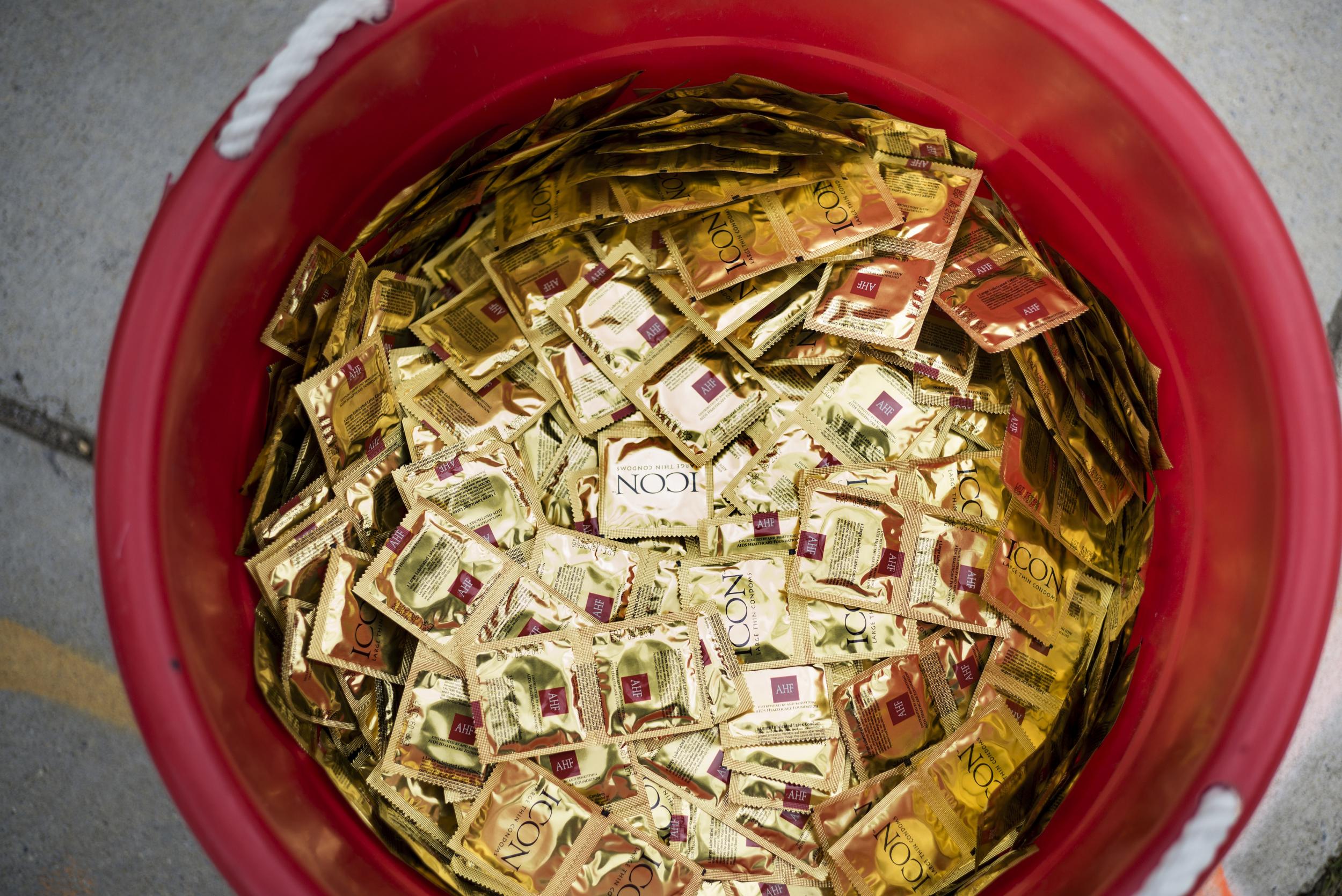US experiencing most cases of gonorrhoea, chlamydia and syphilis in recorded history, new CDC report says
Sexually transmitted infections had been declining for decades starting in 1941

Your support helps us to tell the story
From reproductive rights to climate change to Big Tech, The Independent is on the ground when the story is developing. Whether it's investigating the financials of Elon Musk's pro-Trump PAC or producing our latest documentary, 'The A Word', which shines a light on the American women fighting for reproductive rights, we know how important it is to parse out the facts from the messaging.
At such a critical moment in US history, we need reporters on the ground. Your donation allows us to keep sending journalists to speak to both sides of the story.
The Independent is trusted by Americans across the entire political spectrum. And unlike many other quality news outlets, we choose not to lock Americans out of our reporting and analysis with paywalls. We believe quality journalism should be available to everyone, paid for by those who can afford it.
Your support makes all the difference.The rate of new gonorrhoea, chlamydia and syphilis cases in the United States has risen for the fifth consecutive year, raising concerns among health officials.
The rates were published in the new Sexually Transmitted Disease Surveillance Report, which was created by the US Centres for Disease Control and Prevention (CDC).
“Combined they total 2.4 million infections that were diagnosed and reported just last year alone,” Elizabeth Torrone, a CDC epidemiologist who helped with the report, told CNN.
Ms Torrone added that it is “the most cases” ever recorded by the CDC.
The spike is a sharp pivot from historic lows for sexually transmitted infections, which have declined for decades starting in 1941.
“Yet not that long ago, gonorrhoea rates were at historic lows, syphilis was close to elimination, and we were able to point to advances in STD prevention,” Gail Bolan, the director of the CDC”s division of STD prevention, wrote in the report.
The rise in the number of cases has several possible causes. Among those are a decline in the use of condoms, and a surge in the number of people getting tested — which could mean that officials are simply more aware of the reach of the issue.
The new rates of infection have troubling potential consequences.
“Many young women continue to have undiagnosed chlamydial infections, putting them at risk of infertility,” Ms Bolan said.
To help alleviate this problem, the CDC is calling for federal, state and local agencies to determine strategies to reduce the rate of infection, and to help improve sexual, reproductive, maternal and infant health.
Join our commenting forum
Join thought-provoking conversations, follow other Independent readers and see their replies
0Comments